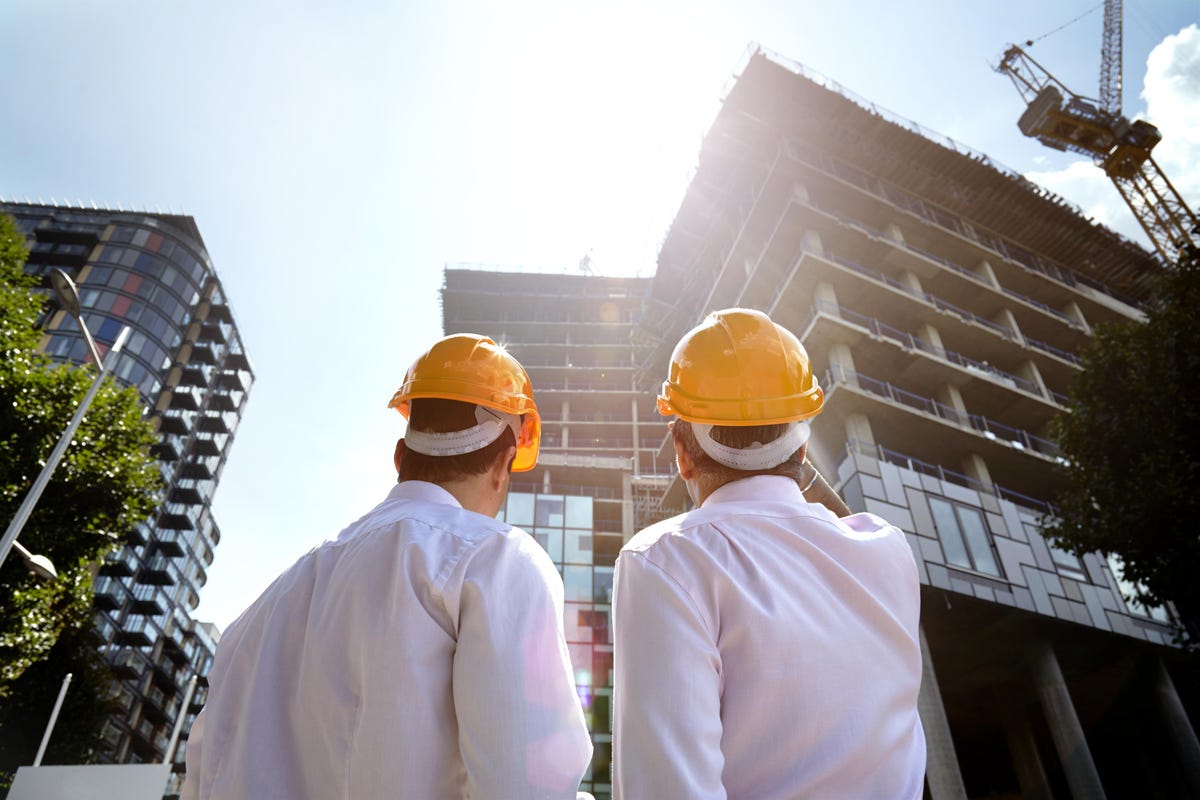
Construction Companies Working With Law Makers
- by Dorothy A. Loera
- Posted on May 4, 2022
The majority of construction workers are rural migrants who are either landless or have very small landholdings and come to construction sites searching for work. Their characteristics such as coming from low-income families with little or no education, migrating to cities from villages in search of work, ignorance, poor health, frequent employment of entire families in most building erection work, and high involvement of female laborers in road making, stone breaking, bricklaying, and so on, make them one of the most vulnerable groups of unorganized labor.
Problems Affecting Construction Workers in General
Construction industries are “labor-intensive,” employing approximately 40 million people in unorganized sectors. Unorganized labor can be defined as workers who have been unable to organize themselves in pursuit of their livelihood and basic common interests due to constraints such as the casual nature of their employment, their migration from one state to another in search of work, widespread ignorance and illiteracy, small and dispersed size of establishments near their hometown, and so on.
Payment to construction workers has been delayed.
One of the most serious issues construction workers faces is a lack of timely payment. Indeed, construction workers require prompt payment for their daily bread, water, and survival, and this is why they are usually agreed to work at a lower rate.
Numerous factors contribute to construction project delays.
Most construction projects are delayed due to environmental factors, such as slower construction activities during the rainy season, the cancellation of a construction project due to a lack of water during the summer season, or the cancellation of a construction project during the winter season due to chilled waves and dense fog. Such factors are the cause of delayed payment. Most labor disputes in the construction sector are caused by contractors’ and construction companies’ late wage payments.
Workplace injuries are caused by a lack of safety awareness and the failure to use personal protective equipment (PPE).
Most construction workers in the construction industry have a moderate lack of awareness about their safety, well-being, and working conditions. Due to their employment through Contractor agencies, construction workers do not receive basic PPEs (Personal Protective Equipment). The majority of construction workers are illiterate and are unaware of the hidden workplace risk. They are sometimes unaware of their daily working hours. As a result of continuous work with no rest breaks, they can become acutely tired, resulting in unwanted injuries or accidents. The accident rate on construction sites is quite high due to a lack of awareness about construction-related hazards.
Due to the short duration of construction projects, frequent changing of construction sites, and sometimes hasty work with a lack of appropriate supervision, employment in the construction sector remains casual and uncertain.
Inadequate Social Security:
It is the responsibility of the concerned contractor and the primary employer of the construction site to provide social security to their workers in the form of labor insurance, first aid facilities, restroom and drinking water availability, accidental benefits, canteens, and pensions, among other things. However, most construction workers are located far from all of these facilities.
Contractor workers are paid less than comparable employees.
Factory workers use their skillset. Labor is provided on a commission basis by the labor contractor on most construction sites, who disregard compliance obligations. Overtime pay is not offered to construction workers at most job sites. As a result, low wages remain unresolved and significant in the construction industry.
Migrant labor conditions are deplorable.
The proportion of migrant workers in a construction project is always high. They are paid less than local workers and must work in high-risk areas due to a lack of safety and social awareness. Because of the temporary nature of their job, they are sometimes not provided with accommodations or basic amenities.
Addiction to Drugs
Most construction workers are addicted to Pan padki, smoking, chewing tobacco, eating Gutkha, drinking alcohol, cannabis, and other substances while at work, which causes indiscipline and major health losses to workers and is very harmful to the construction industry. They are sometimes involved in adultery/unprotected sex, and due to a lack of awareness, they invite vulnerable diseases such as HIV Aids. Their quarreling habit after a drink or addiction causes workplace unrest most of the time.
Female construction workers face the following challenges:
Female construction workers face a variety of issues due to their feminine status, and they are constantly at risk of physical and financial exploitation by their male coworkers. Gender discrimination exists on construction sites. They are paid less than a male worker, and the lack of basic facilities/benefits/amenities for female workers on construction sites undermines their social standing and legal rights. Female workers’ health and safety are being jeopardized due to their exposure to potentially hazardous and unsanitary working conditions on construction sites. The Roofers unionizing are working for easier permitting.
The majority of construction workers are rural migrants who are either landless or have very small landholdings and come to construction sites searching for work. Their characteristics such as coming from low-income families with little or no education, migrating to cities from villages in search of work, ignorance, poor health, frequent employment of entire families…

